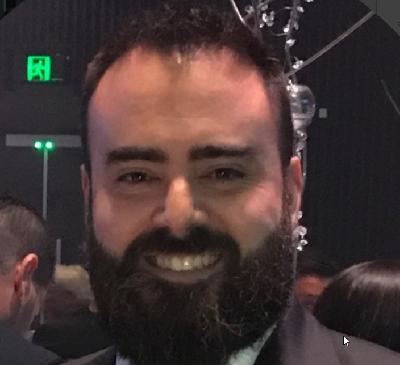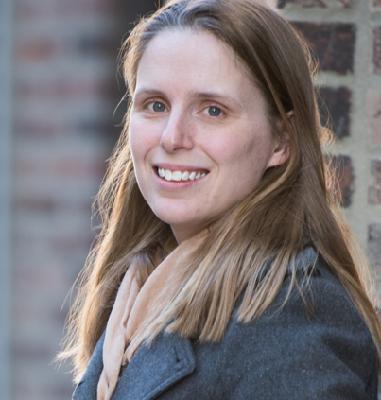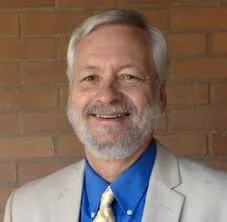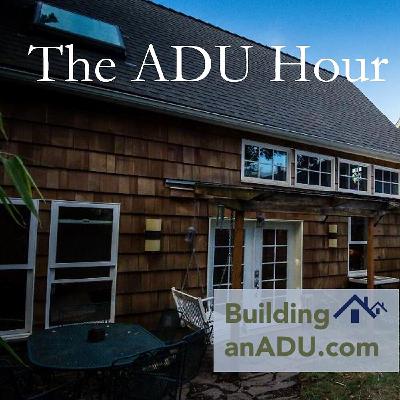The ADU Hour w/guest Tracy Morgan
Description
This week's guest is Morgan Tracy. Morgan Tracy, a member of the American Institute of Certified Planners has been actively involved in the Oregon land use planning in both long range planning, projects and development review for the last 25 years. He has worked for the cities of [00:01:00 ] West Linn, Lake Oswego, Tigard and has been with the City of Portland for the past 15 years in both the Bureau of Development Services and the Bureau of Planning and Sustainability. Currently, he is a staff project manager for Portland's Residential Infill Project, which seeks to increase the range of permitted housing types while lowering housing costs in single dwelling neighborhoods.
Kol, what are your thoughts on our interview with Morgan?
Morgan has been very deep in the weeds and details of overhauling, a complex residential zoning ordinance for the City of Portland for the last five years. This task was daunting and a journey, not just for him, but for all of the engaged citizens who saw this overhaul as a great opportunity to make a difference in the future of the city that likes to chart new territory nationally in matters, related to urban planning and infill.
Capturing his perspective on how this process could be translated to other jurisdictions is hopefully going to be valuable for future research and application of middle housing, zoning, rewrites. Kelcy, what were some of your takeaways?
[00:02:00 ] Morgan gives great examples of how one can participate in city council meetings in an effort to make change in one's local jury state. And why it's crucial that citizens get involved with the process of rulemaking as a planner, as a planner, deeply involved in quite possibly the most progressive zonings shift in the country.
Morgan shares his experience as someone on the front lines, as the liaison to the community and rule makers.
Let's get to our interview with Morgan.
Kol Peterson: [00:02:25 ] Good morning,
Morgan Tracy: [00:02:26 ] Morning, morning, Kol and Kelcy, it's great to be here, thanks for having me.
Kol Peterson: [00:02:30 ] Thanks for being here. Morgan, the Residential Infill Project is familiar to those of us who are in Portland, obviously, let's assume that people are not familiar with it, but they're fairly sophisticated in this general urban infill topic, very familiar with ADUs. Can you describe for us what RIP is for somebody who might be unfamiliar with it from outside of the city of Portland?
Morgan Tracy: [00:02:52 ] Yeah. It's a bit, it's a bit challenging to do this in a condensed form cause it took five years of work. So boiling that down, I can [00:03:00 ] concise.
As a big challenge, but here, here we go. I would say that the Residential Infill Project was the city's first major overhaul of the single dwelling zoning since corner lot duplexes were allowed in 1991. So it had been about 25 years when we got started. Now, these changes expand the types of housing allowed on most lots to include duplexes, triplexes, fourplexes, and options to create additional ADUs in nearly 90% of the single dwellings zone neighborhoods, simultaneously new tools to limit building sizes will ensure that this development maintains the look and feel of those neighborhoods.
And together, these changes allow a broader range of compatible housing types that are comparatively less expensive than new single family homes, making neighborhoods more accessible, more inclusive, and more sustainable over time.
Kol Peterson: [00:03:45 ] All right. I should have asked you this , but I'm gonna ask you, now, what is a good title for you to give some framework for what your role was within the residential input project?
Morgan Tracy: [00:03:56 ] So my, my official title with the city is a City Planner II, which [00:04:00 ] doesn't mean much to many people. So, but extensively, the work that I'm doing is, is managing the project.
I coordinate our team, our staff, our consultant work, work on the project timelines and make sure that we deliver a project on schedule when we can. Generally, I go by the title of project manager.
Kol Peterson: [00:04:18 ] So this project running five years, how did the history of Residential Infill Project come to be and why in the world did it take so long to get there?
Morgan Tracy: [00:04:29 ] Well, as you can imagine, it's a bit of a complicated project, a little bit of, a little bit of controversy involved. But let's, let's start with the history.
So the project began in 2015 and in 2015, we are hearing a lot of calls about concerns resulting from outcomes from infill development. So we were seeing lots of small homes being demolished and replaced by big, expensive new homes. We, we're seeing about more than a house per day being demolished on average.
And we're also seeing the housing prices in 2015 were beginning to price out families earning a hundred percent of the Median [00:05:00 ] Family Income. So that essentially translates to about half of the families in Portland would be unable to afford to purchase a house in the city. So recognizing the city could not prohibit tear downs and simply applying stricter limits to new development would tighten the supply of new housing, which exacerbates housing costs.
We brought together two objectives, which was addressing the scale of new development and increasing housing options in neighborhoods. And part of the, I think the real challenge in this project were these are two almost at-odd objectives that we had to balance and bet with the public in multiple scenarios, multiple occasions So you know, you, you asked why it took so long.
There were several steps along the way, either fortunate or unfortunate. But first off we started under a different administration under Charlie Hale as mayor, and he had decided towards the end of his term that he wasn't gonna run again, but he wanted to see some product.
And we weren't at a point where we can deliver a new code and new maps and all that stuff. So, [00:06:00 ] we 'd agreed to bring forward a concept plan, which essentially lays out the basic trajectory that the project is going to follow. And the positive side of that is it's good to take the temperature of your decision makers to see if you're going in the right direction before you really invest a lot of time and effort.
The downside of that is the project took so long that by the time we got back to city council, four years later, it was an almost entirely new council. We just had one city council left. So that was a bit of a fruitless exercise. We also spent 14 interesting, exhilarating months with the planning and sustainability commission.
We went through almost every single detail of that project, point by point by point by point in a series of monthly meetings. And about two thirds through that process, the planning and sustainability commission, after hearing public testimony and considering the objectives, and then the proposals, gave us some rather very different direction, which caused us to go back to the drawing board and start over on our code.
[00:07:00 ] Not entirely, but it really changed the fundamental building blocks that we come to them with. So we had to redo our analysis, redo the code, and that took some more time. Unfortunate outcome of that was we were also about to lose two of our planning commissioners, they were terming out.
And so by the time we got back to them, we were really in a rush to get a decision from them. And so we came back to them with this revised proposal and said, here it is, here are the stats, the data, and the analysis, what do you think? And we'd unveiled a displacement risk report and didn't really spend a lot of time going through that report. Understanding the implications, what the data was really telling us.
And so they felt rushed to a decision and they had a rather split decision. It was a five to four decision. And so that created a little uncertainty at city council. We had to take time to work with the council offices, go through these reports, help people understand what they were telling us. We started the city council process and right before we were about to finish, COVID struck and that's through another five months [00:08:00 ] on the end.
So now a little bit of that's me, but a lot of that's just the circumstances of the project.
Kol Peterson: [00:08:05 ] Just as an observer slash public participant, I could tell this






















